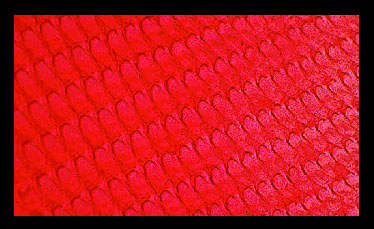Nutrition
The majority of land
snails, like Inflectarius kalmianus, are
herbivores, which means that the dominant food
source is plants (Dourson
et al. 2006). Some food sources
can include algae, tree sap, most species of fungi,
lichens, and a variety of vegetation (Dourson
et al.
2006). Most snails are generalists, this means that
snail diets within a species can even differ; snails
tend to eat food that is suitable and easily found in their
environment (Carnegie Museum of Natural History,
2011).
 Snails possess a special rasping organ called the radula that
is used for scraping, tearing, or drilling into the
prey (Hickman et al. 2009). This chitinous organ can also
be used as a conveyor belt to carry food into the
mouth in a backwards motion (Hickman
et al. 2009). The
food is then transported to the mouth, then to the
esophagus which its function is to carry food to the
crop by saliva and muscular contractions (Carnegie
Museum of Natural History, 2011). After the food
reaches the crop, which is an organ used to store
food before it is digested, it is transported to the
stomach and then to the intestine. The intestine
absorbs certain nutrients and produces waste that is
excreted through the anus (Hickman
et al. 2009).
Snails possess a special rasping organ called the radula that
is used for scraping, tearing, or drilling into the
prey (Hickman et al. 2009). This chitinous organ can also
be used as a conveyor belt to carry food into the
mouth in a backwards motion (Hickman
et al. 2009). The
food is then transported to the mouth, then to the
esophagus which its function is to carry food to the
crop by saliva and muscular contractions (Carnegie
Museum of Natural History, 2011). After the food
reaches the crop, which is an organ used to store
food before it is digested, it is transported to the
stomach and then to the intestine. The intestine
absorbs certain nutrients and produces waste that is
excreted through the anus (Hickman
et al. 2009).
The land snail has an open circulatory system, which means
the blood, hemolymph, passes through channels and
sinuses surrounding the organs (Hickman
et al, 2009). An
open circulatory system possesses a heart, blood
vessels, and sinuses, which is suitable for smaller
animals such as terrestrial snails (Hickman
et al. 2009).
Continue to our next page to learn about reproduction or return to our homepage.